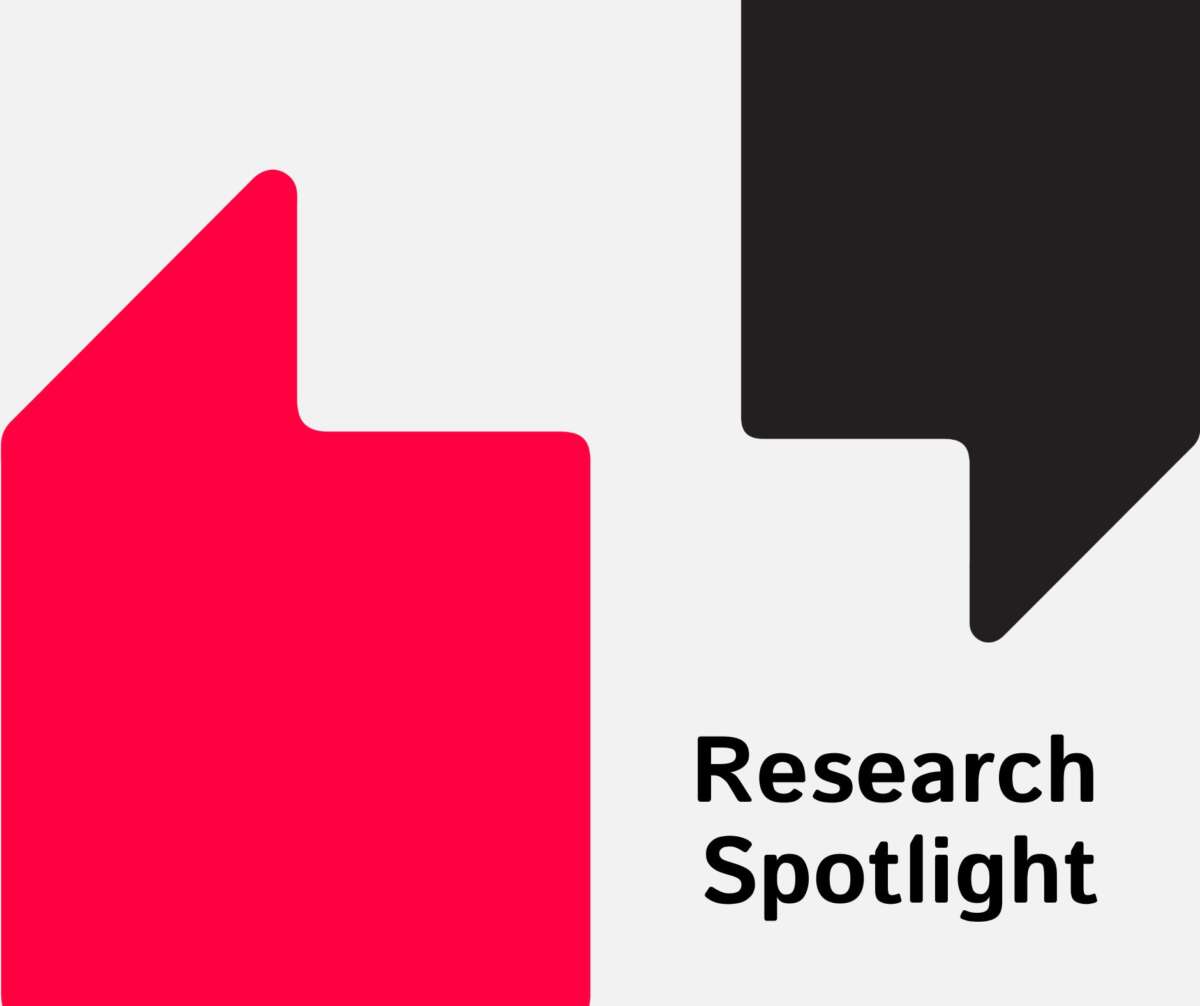Professor Pat Thomson, CLA’s Senior Evidence Associate, summarises research examining an Arts-integrated approach in primary schools in Norway and Hungary aimed at enhancing children’s creativity, executive functioning, and social inclusion by integrating professional artists with classroom teachers to deliver learning experiences that departed significantly from traditional educational practices. Professor Thomson considers what we can learn from this about preparing learners for the creative problem-solving and collaborative skills increasingly valued in contemporary society.
Németh, Szilvia., Gjelvik, Ingrid Grimstad., Fæhn Kristoffersen, Benedicte-Charlotte., and Håkansson, Ulrika (2025) A LIFELINE THROUGH LEARNING Results of Qualitative Analyses of the Art of Learning Program. Universitet i Innlandet. Downloadable here.
The Art of Learning (AoL) programme was an arts-integrated pedagogical approach implemented in nine primary schools across Norway and Hungary as part of the AoL4STEAM Erasmus+ project. The programme aimed to enhance children’s creativity, executive functioning, and social inclusion by integrating professional artists with classroom teachers to deliver experiential, multi-sensory learning experiences that departed significantly from traditional educational practices. The AoL programme is similar to many that have run in the four nations of the UK. It is interesting to see that the results bear strong similarities to research and evaluations conducted here.
The AoL researchers collected data through semi-structured interviews and focus group discussions with 31 students, 13 teachers, 10 artists, 7 school principals, and 11 parents across both countries. They aimed for deep exploration of participants’ experiences while maintaining cross-cultural comparability.
The AoL program represented a fundamental shift from conventional classroom practices in their two locations. Rather than traditional subject-based instruction, AoL integrated multiple disciplines through thematic, hands-on projects. Students engaged in activities such as restaurant simulations that combined mathematics, language arts, and economics, or eco-house construction projects that merged science and environmental awareness. These experiences were facilitated through collaboration between classroom teachers and professional artists, creating learning environments that emphasised process over product, exploration over predetermined answers, and creativity over conformity.
The findings revealed overwhelmingly positive impacts across multiple dimensions of student development. Participants consistently described AoL as creating an “open and non-judgmental learning space” where curiosity and self-expression were valued above producing correct answers. Students characterised their experiences as “magical” and “fun,” noting that AoL felt like “many subjects in one subject” where learning occurred through “making, playing, exploring, and creating.” This multisensory approach enhanced retention and understanding, with children reporting that they “remembered better when doing something” rather than sitting passively.
Executive functioning development emerged as a particularly significant outcome. Teachers and artists observed substantial improvements in students’ cognitive flexibility, self-regulation, problem-solving abilities, and perseverance. Children demonstrated increased willingness to take intellectual risks, adapt to changing circumstances, and persist through challenges. The programme’s emphasis on open-ended tasks and collaborative work strengthened working memory as students learned to hold multiple perspectives simultaneously while managing complex, multi-step projects. Perhaps most importantly, students developed greater autonomy, shifting from seeking adult approval to making independent decisions about their learning processes.
The collaborative relationship between teachers and artists proved crucial to the programme’s success, though it also presented initial challenges. Many teachers initially experienced uncertainty about relinquishing control and adapting to less structured approaches. However, over time, these partnerships evolved into what participants described as “absolutely superb” collaborations characterised by mutual respect and shared learning. Teachers reported professional growth, increased openness to innovative methods, and deeper appreciation for students’ diverse abilities. Artists, meanwhile, gained valuable insights into educational contexts and child development, with many discovering unexpected fulfillment in educational work.
However, some students, particularly those requiring structure and predictability, initially struggled with AoL’s dynamic environment. Teachers noted the importance of balancing flexibility with appropriate scaffolding to support diverse learning needs. Physical environments significantly influenced outcomes, with adequate space and acoustic design proving essential for managing the active, collaborative nature of AoL activities. Additionally, successful implementation required sustained institutional support, dedicated planning time for teacher-artist collaboration, and gradual introduction to allow adaptation.
The programme’s impact extended beyond individual student development to transform classroom dynamics and school culture. Teachers observed increased student engagement, improved collaboration skills, and stronger sense of community belonging. Students formed new friendships across traditional social boundaries and demonstrated greater empathy and understanding of diverse perspectives. Parents noted improvements in their children’s independence, creativity, and enthusiasm for learning, with many reporting that their children discussed AoL experiences extensively at home.
Cross-cultural analysis revealed that while AoL’s core principles translated across Norwegian and Hungarian contexts, implementation was shaped by local educational values and cultural norms. Norwegian schools, with their emphasis on student autonomy and egalitarian relationships, adapted more readily to the program’s democratic approach. Hungarian schools, operating within more hierarchical traditions, required longer adjustment periods but ultimately achieved similar positive outcomes. This cultural adaptability suggests that arts-integrated approaches can transcend national boundaries while respecting local educational contexts.
The study demonstrates that arts-integrated education can effectively develop both cognitive and creative capacities while promoting educational equity. Students from diverse backgrounds, including those typically marginalised in traditional academic settings, demonstrated significant gains in executive functioning, creativity, and social-emotional development. This suggests that AoL-type approaches could help address educational disparities by providing multiple pathways for student success and engagement.
The research indicates that such programmes require careful attention to individual differences, structured support for teacher-artist collaboration, and adaptive implementation strategies that respect local contexts while maintaining core pedagogical principles. But the success of AoL across two distinct educational systems provides further evidence that arts-integrated, experiential learning approaches can enhance student development while preparing learners for the creative problem-solving and collaborative skills increasingly valued in contemporary society.




